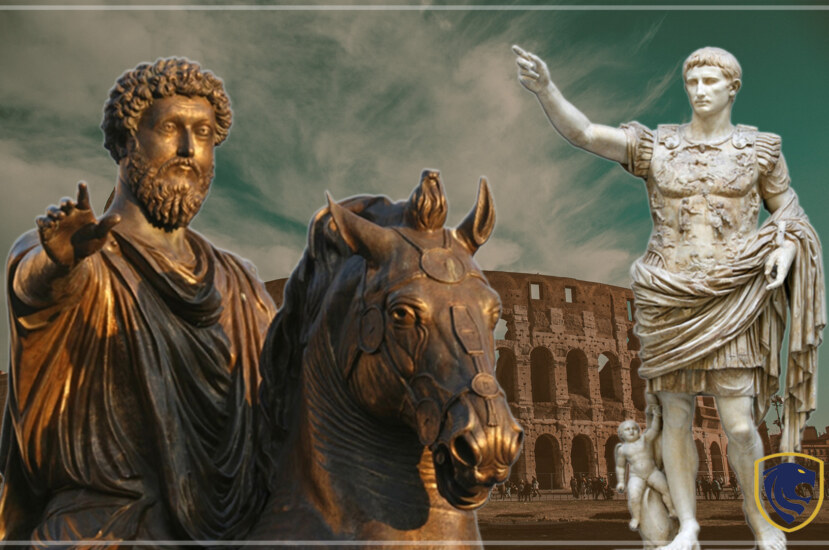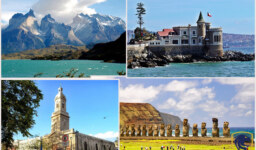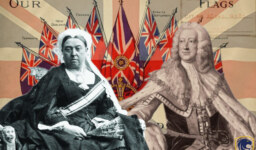The Roman Empire can be traced back to 27BCE. Augustus Caesar who ruled from 27BCE to 14CE is recorded as the first emperor of Rome. In 286 Roman Empire was divided into two as Western Rome and Eastern Rome. And Romulus Augustulus who ruled from 475 to 476CE was the last emperor in the Western Rome. He was overthrown by the Germanic king Odoacer. The Eastern Rome which was known as Byzantine Empire lasted till the Ottoman Turks’ conquest in 1453BC.
There are several causes for the fall of Roman Empire.
Invasion by Barbaric tribes
The main reason for the fall of Roman Empire is considered the invasion of Barbaric tribes. In ancient Greece, ‘barbarians’ were referred to those who lived outside their territory and those who didn’t speak Greek. The Barbarians were made up of tribes such as Germanic, Vandals, Alani, Suebi, Burgundians etc. Barbarians commenced their invasions before 200 BCE, and constant wars continued till the early middle ages.
The first threat the Romans faced was due to the mass migration of barbarians to the Rome. Before moving to Rome, Germanic tribes dwelled in the northern part of European continent. Huns invaded Europe where Germanic tribes lived. They chased away Germanic tribes to the borders of the Roman Empire causing a mass migration.

Another reason cited for the mass migration was, in that particular time, Germanic culture began to decline. They had to look for new lands due to bad climatic conditions and increase of population.
At different occasions, people belonging to Huns, Avars, Slavs groups migrated to Rome starting from mid to late 4th century, till 560. They were able to destroy the Western Roman Empire. All the resistance the Rome showed failed. In 410 the Visigoth King Alaric threw out the city of Rome. Moreover, in 455 the Vandals attacked Rome which was often cited as “the eternal city”. In 476 the Germanic leader, Odoacer defeated Romulus Augustulus. This defeat was considered the end of Roman Empire as it completed the fall of Roman Empire.
Antagonizing the Barbarians
As the Germanic tribes were chased away to the borders of the Roman Empire by Huns, the Eurasian warriors, Romans allowed the Germanic tribes to enter their territory, though with resent. But they showed extreme cruelty towards them. Antagonizing them resulted in Romans’ downfall, as they became ruthless enemy later. When it became unbearable they stood up against Romans. They killed the Eastern Emperor Valens during the Battle of Adrianople in 378 in a battle. The attempts to peace negotiations became a failure. Western Rome was weak at the time. At the end Germanic tribes grabbed the power of present-day Britain, Spain and North Africa.

The Division of Empire
The Split of Empire is also cited as a reason for the fall of Roman Empire. Towards the latter part of third century the emperor Diocletian divided the Roman Empire into two halves, as the Western Rome and the Eastern Rome. The Western empire was based on Milan and Eastern empire was based on Byzantum which came to be known as Constantinople later. In the beginning, it was easier to govern, but later the two halves split up. They didn’t rule harmoniously and fought over resources and military aid. In Eastern empire where Greek was spoken had a lavish economy.

The Western Rome, where Latin was spoken, declined in wealth. Barbarians opted to invade less powerful Western Rome. The emperors like Constantine ensured the safety of Eastern empire, so they strengthened and guarded the empire while Western Rome was susceptible for invasion. The Western Rome fell by the fifth century, and the Eastern empire lasted for another thousand years. But they too were finally conquered by Ottoman Empire in the 1400s.
Economic Hardships
Financial crisis they were going through was another reason for the fall of Roman Empire. Constant wars had depleted the treasury. Harsh taxation and inflation resulted in huge gap between the rich and the poor. Rich people left the country in order to avoid taxes. The empire was facing a labour shortage as well. In the beginning of the empire, they got people to work from the countries they conquered. Those slaves worked on fields and worked as craftsmen. By the second century, there were no plenty of people to do minor work. In the fifth century the Vandals conquered North Africa. And they disrupted the empire’s trade with North Africa, acting like pirates. At the end, the Roman empire lost power due to collapse of economy and the decline of agricultural production.

Vast Territory
At its zenith, Roman empire possessed a vast territory from the Atlantic Ocean to the Euphrates river in the Middle East. It was difficult to govern such a vast territory and carry out administrative and logistical activities. They couldn’t communicate quickly or effectively to manage their activities even though they had constructed a yeoman road system.
The roman empire had to focus more on its military strength to be safe from local rebellions and outside attacks. The resources were spent on empire’s safety. That slowed down technological advancement and Rome’s civil infrastructure was in shambles.

Rulership
Unsuccessful and ineffective rulership also contributed for the downfall. Frequent civil wars created turmoil in the country. Incompetence and corruption were rampant. Becoming the ruler could be fatal, as more than twenty empires ruled in a span of 75 years. So, the citizenry lost trust in the leadership.

Introduction of Christianity
According to some historians the spread of Christianity contributed to the Roman fall. In 313, the Edict of Milan legalized Christianity and in 380 Christianity became the state religion. Earlier they practised polytheistic Roman religion according to which the emperor had divine status. The emperors lost the divine status with the introduction of Christianity. The church and popes took part in political affairs. It complicated the system which existed.

Weak Roman Army
Towards the end, the emperors found it difficult to recruit Roman citizens to the army. So, the army which was once invincible and ferocious became weak. Emperors like Diocletian and Constantine hired foreigners, non-romans to the army. They were ingenious, but they were not loyal to the empire. Their ambitious, greedy officers turned against the Roman Empire. Many barbarians participated in bringing down in Western Empire while being employed in the roman army.

Aftermath of the fall of Roman Empire
When the Roman Empire fell in 476CE, western Europe did not have a strong centralized government. The inhabitants in the city moved to the countryside due to barbaric invasions and the weak central government. As a result, a new socio-political system emerged which was known as feudalism. In the feudal system, there were land lords and slaves who worked for land lords. The landowners possessed wealth and estates in which the slaves lived as tenants. This feudal system largely grew in Europe from 11th century.

The Legacy of the ancient Romans
Even though the Roman Empire diminished centuries ago, their legacy and their influence can be seen in the present day.
In the contemporary world, executive, legislative, and judiciary are different entities in a democracy. This separation of government’s branches can be traced back to the era that the Roman Empire was in power. The concept that everybody is equal in front of the law was introduced during Roman era. Public services were established during the Roman Empire. The Roman police force was initiated under Augustus Caesar.
The delicacies such as pasta, pizza, cheese dishes which we believe as modern day inventions, in fact were common eateries in Roman era.

The language the Romans spoke was Latin. Roman languages of French, Italian, Spanish, Portuguese, descend from Latin. English language too has acquired many words, phrases from Latin or the basis of many English words are Latin.
It is believed Roman army was the most efficient and sophisticated army. Many features in Roman army can be seen in modern day armies. The training that the military officers have to undergo presently can be cited as an example. A training that inculcates discipline and ameliorates skills in officers was given to Roman soldiers, similar to present day trainings. The roman army consisted of corps of engineers, logistics and support staff, ordnance corps, communications divisions, and skilled medical support staff similar to present day military.




